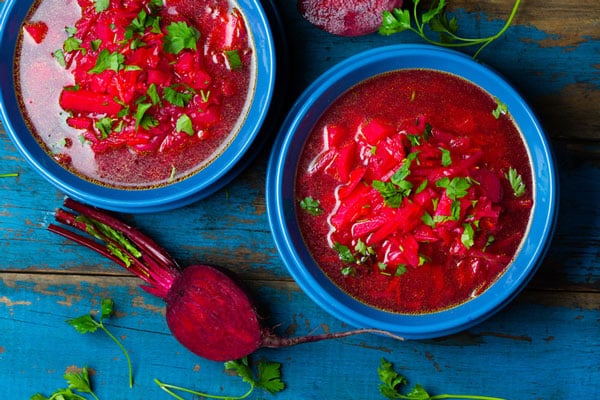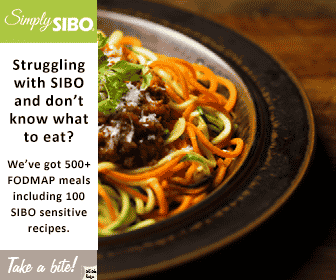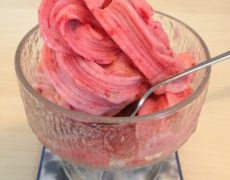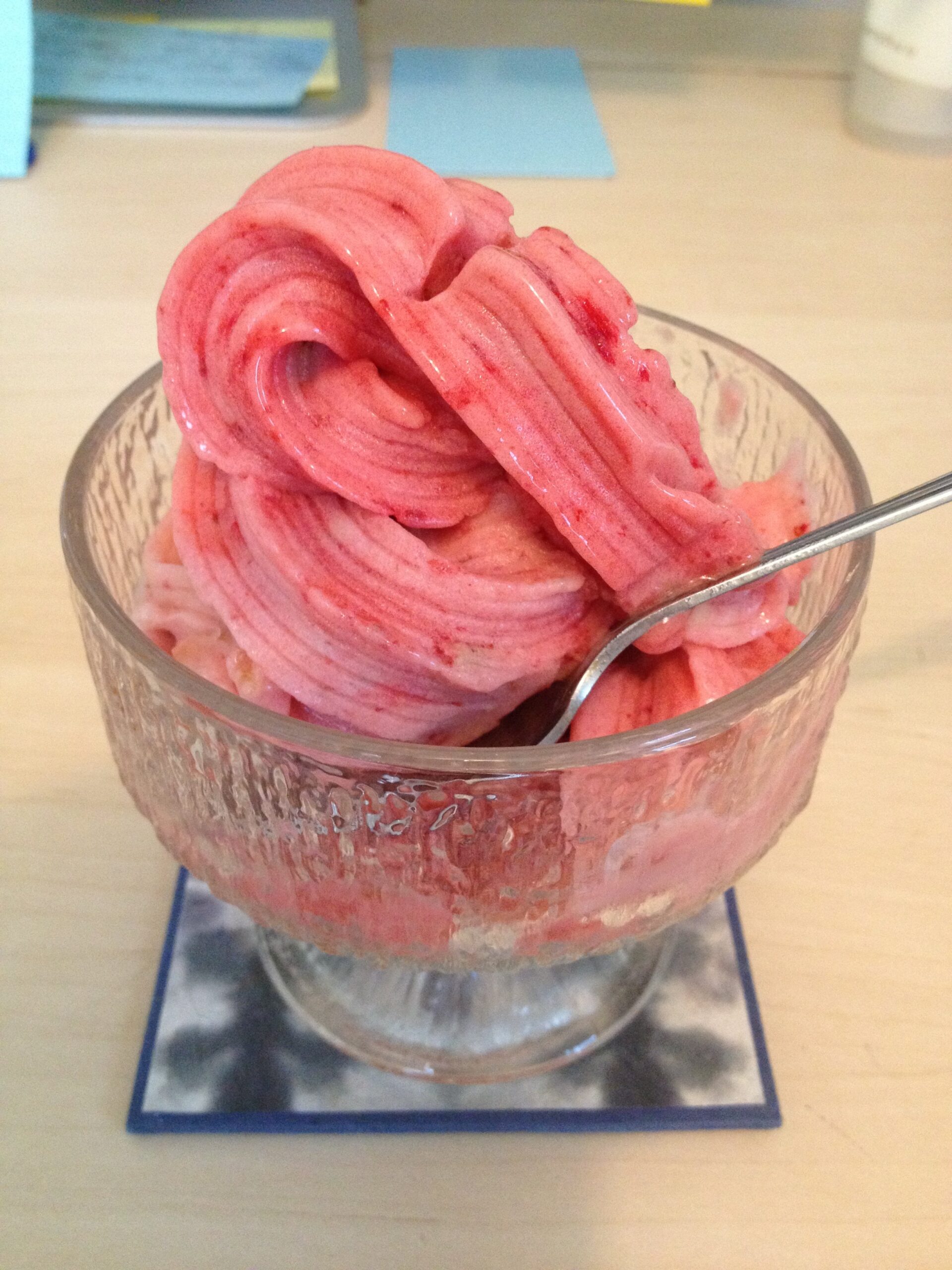Borscht: A Must-Try Dish for Everyone!
Borscht is a staple in former Eastern European Countries, including Poland where I grew up and Russia, Ukraine, Belarus, Lithuania, and Romania. People are very passionate about this soup and every mother and wife has their special recipe passed form generation to generation. I also should specify that today’s discussion is red borscht made of beet root – you may not know it, but in Poland there is a very famous and delicious while borscht as well. Borscht is not as hard as people think, but it does stain, so make sure you mind your white clothes or white countertops! The good news is that you can prepare delicious Borscht in the comfort of your home too. Before we go into details and reveal the recipe let’s discuss some interesting things about Borscht.
What is Borscht?
Borscht is actually a type of sour soup if made in a traditional way. There are records that have confirmed that Ashkenazi Jews have been using Borscht for centuries.
Borscht is based on a soup that dates back from ancient times, which included pickles leaves, stems and umbels of hogweed. After some time, the soup evolved and this is how borscht was created. Today, there are many different types of Borscht and according to some sources, the Ukrainian variety, which includes sautéed vegetables, bone stock or meat and beet sour, is the most popular one. That is certainly true of Poland. The Christmas eve version of red beet soup in Poland is a must during that dinner0 it is 100% vegetarian and only the clear broth is consumed. I make it without a fail once a year for December 24 as any decent Polish woman would do. But that is not the recipe we are discussing today.
Health benefits of beets
Beets are rich in a wide range of nutrients including potassium, manganese, iron, calcium, magnesium, phosphorus and vitamins A, B complex and C. On top of that, they are a great source of fiber. Due to their nutrient-rich content, these roots can offer a huge array of health benefits.
First and foremost, they can help the work of the liver by performing thorough cleansing and detoxification of this important organ. It is therefore highly recommended for anyone with a weak or stressed liver.
A few scientific studies have indicated that beets can also be good at fighting cancer. Namely, they contain a pigment known as betacyanin, which can fight cancerous cells. Besides that, beets contain fiber, which makes them excellent in combating colon cancer.
Next, we should also point out that beets are able to stabilize our blood pressure. The nitrates they contain are used by the body for the creation of nitric oxide that dilates and relaxed the blood vessels. The final result is a more normal blood pressure.
Beets are also good for your brain. Once again this health benefit is related to the nitrates that improve blood flow to this important organ. This improves cognitive functions.
Beets are also good for anemia, weak blood cells, the heart and circulation, and they may promote menstruation. If you use them in juicing, please only use one beet per juice. Beet juice may be overpowering to the body, so add many other vegetables to that particular juice for balance.
In traditional of Ayurveda, beet root reduces vata and kapha, while the beet greens reduce kapha.
Different kinds of beets
There are different kinds of beets used in cooking today. Chioggia originates from Italy and has a specific red color and white flesh and sweet taste. Lutz Green Leaf beet is bigger than other beets and has a very sweet taste. The Golden beet has roots similar to the color of carrots. Finally, the Formanova beets have a shape of a cylinder and they are ideal for even slices. Regardless of a variety, I tend to look for the traditional deep red/purple beets for their unique phytochemical makeup.
When buying beets, look for good looking tops because they are edible. In fact, we have a botwinkowa soup in Poland that is made of spring time beets and their young greens. You can juice beet greens or cook them like spinach. They can also be added to smoothies. The greens are pretty high in oxalates, so I would caution those with history of kidney stones from eating beet tops every day. In moderation, they are just fine.
Using homemade vegetable stock
Homemade vegetable stock promises excellent Borscht. However, you should know that you can use this stock to prepare other dishes that can be even tastier and more nutritious like this homemade vegetable broth.
When cooking beets, some form of acid (my favorite is fresh lemon juice) is recommended to balance the flavor and help retain the lovely deep red color in cooling, or it may turn brownish. Then you need garlic, black or white pepper, Celtic sea salt and a natural sweetener (my favorite here is natural honey). As you add these, you want to keep tasting the broth for that perfect spot, where all the flavors blend.
Enjoy this functional nutrition twist on traditional borscht! Looking for more recipes with functional nutrition benefits? Follow me on Pinterest!
Borscht: A Must-Try Dish for Everyone!

Ingredients
- 4 cups of vegetable stock
- 4 cups of cabbage, shredded
- 2 cups of beets, chopped
- 1 cup of potatoes with skins on, chopped
- 1 cup of tomato puree
- ½ cup of carrot, chopped
- Some olive oil
- 2 large onions, chopped
- ½ cup cabbage, chopped
- 2 tablespoons of apple cider vinegar or lemon juice
- 1 tablespoon of honey
- ¼ teaspoon ginger
- ¼ teaspoon molasses
- 1 teaspoon parsley, chopped
- 1 clove of garlic, minced
- Celtic Sea Salt
- Black Pepper
- 3 bay leaves
- Cayenne pepper
- 1 teaspoon of marjoram
- Some fresh dill chopped (optional)
Instructions
- Steam the beets, potatoes and carrots until tender and save the steaming water. Add the extra water to the steaming water to equal 4 cups of stock and put aside.
- In a soup pot, saute the onions in olive oil until tender. Add the cabbage and saute another 4-8 minutes until the cabbage is fairly tender.
- Add the 4 cups steamed vegetable water and the steamed beets, potatoes and carrots. Then put in the rest of the ingredients, stir, cover and let simmer on low heat for about 30 minutes.
- Remove the bay leaves and taste.
LEAVE A COMMENT
If you want to transform your life, if you want health and wellness, if you want peace of mind, there isn’t a better investment than working with Kasia.~ Beth























0 Comments
No comments yet